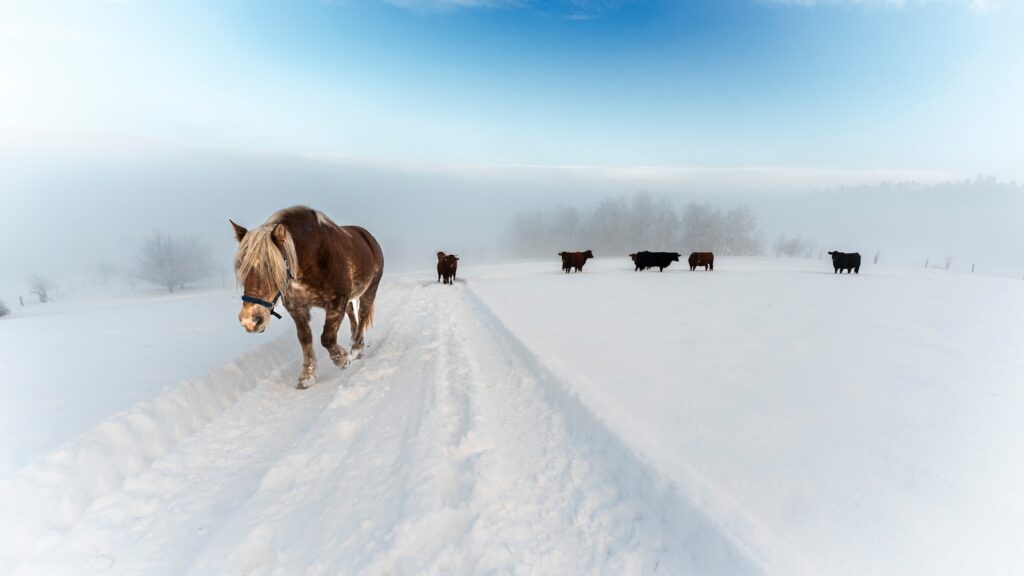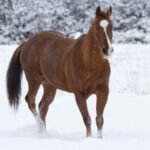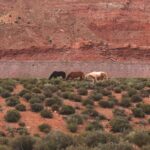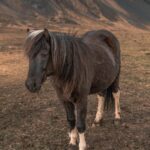In the diverse world of equines, cold-climate horse breeds stand as remarkable examples of evolution and adaptation. These magnificent animals have developed specific physical traits and behavioral patterns that enable them to thrive in some of the harshest environments on Earth. From the fjord-dwelling Norwegian horses to the sturdy Yakutian horses of Siberia that endure temperatures dropping below -70°F, cold-climate breeds demonstrate fascinating adaptations that influence not only their survival but also their interactions with humans and their environment. This article explores the truth about these remarkable animals, examining how their evolutionary history shapes their unique behavioral characteristics, temperament, and the special considerations required for their care.
The Evolutionary Adaptations of Cold-Climate Horse Breeds
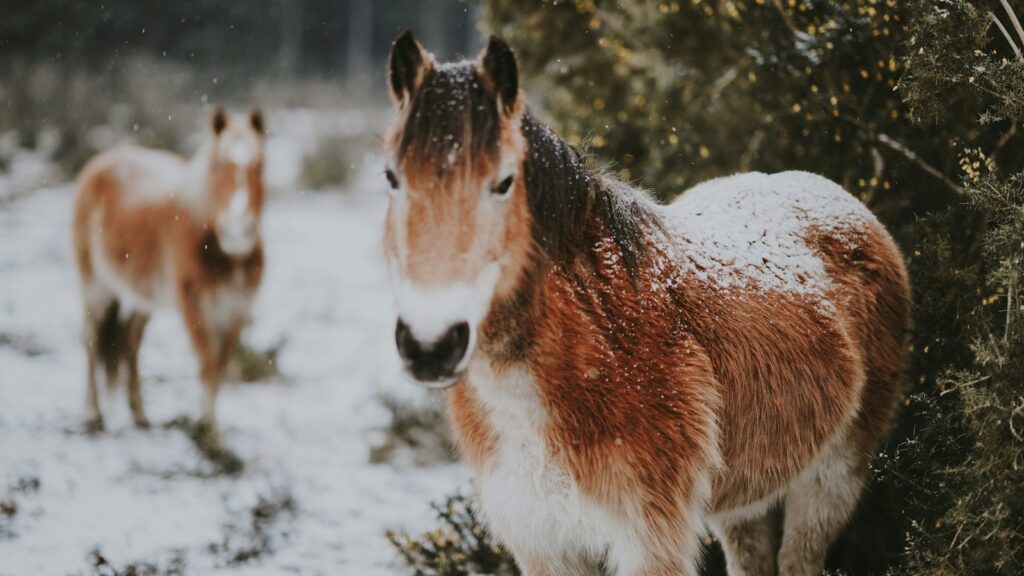
Cold-climate horse breeds have evolved over thousands of years to develop specialized physical and behavioral adaptations that allow them to survive in harsh winter environments. These adaptations include thicker, more insulating coats that often change seasonally, with a dense undercoat developing as temperatures drop. Their metabolisms have adjusted to efficiently process forage with lower nutritional value, a common characteristic of winter vegetation in northern climates. Physically, many cold-climate breeds have more compact bodies with shorter limbs, following Bergmann’s and Allen’s rules of biogeography, which helps them conserve body heat by reducing surface area relative to volume. These adaptations haven’t occurred in isolation but have fundamentally influenced their behavior, creating unique temperaments that distinguish them from their warm-climate counterparts.
Notable Cold-Climate Horse Breeds Around the World
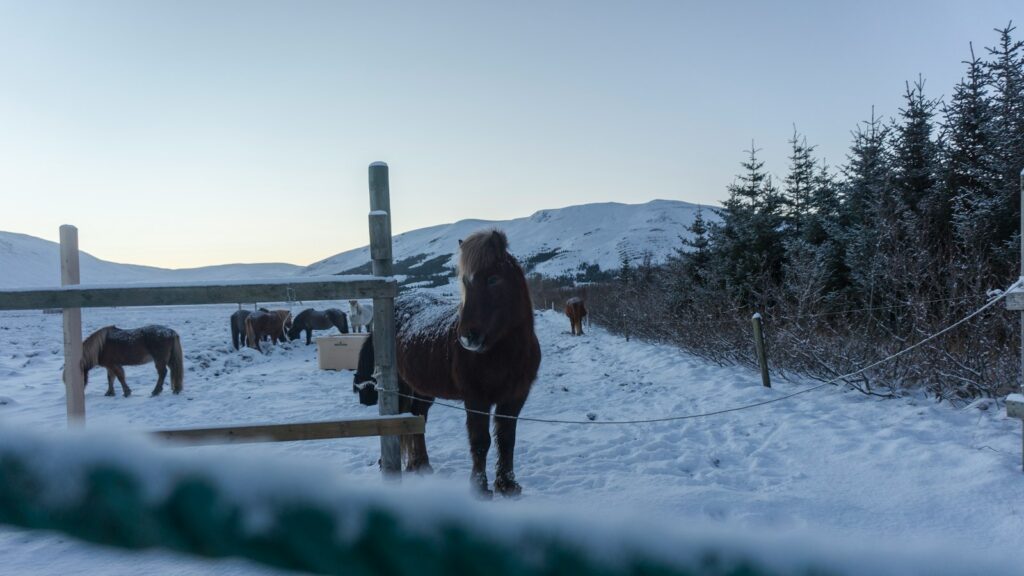
Several remarkable horse breeds have adapted to thrive in extreme cold environments across the globe. The Icelandic horse, with its viking heritage, possesses remarkable strength and endurance along with five natural gaits, a trait rare among other breeds. In Russia, the Yakutian horse survives in the Siberian wilderness where temperatures can plunge below -70°F, growing a winter coat up to 4 inches thick and developing a layer of fat for insulation. The Fjord horse from Norway features a distinctive dorsal stripe and dun coloration, with a stocky build perfectly suited to the mountainous terrain of its homeland. Other notable cold-climate breeds include the Mongolian horse, Highland pony, Canadian horse, and the Bashkir Curly, each developing unique traits specific to their native regions while sharing common cold-adaptive characteristics.
Temperament Characteristics of Cold-Climate Horses
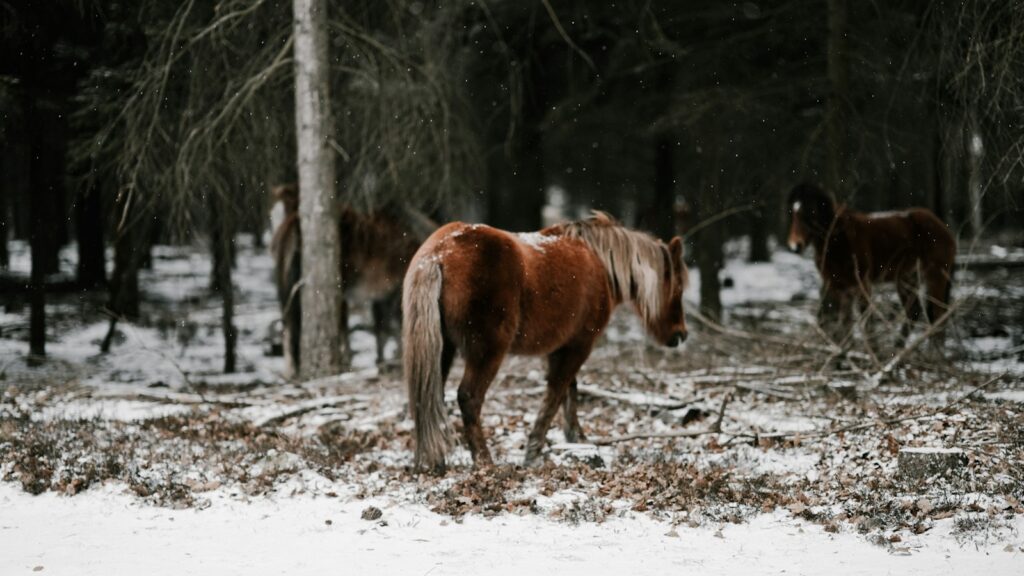
Cold-climate horse breeds typically exhibit temperament traits shaped by the harsh environments they evolved in, where cooperation with humans and energy conservation were crucial for survival. These breeds often display a remarkable levelheadedness and steady disposition, remaining calm in challenging situations where warmer-climate breeds might become excitable. Their intelligence manifests in a problem-solving approach to obstacles, rather than with the reactivity seen in some hotter-blooded breeds. Many northern breeds demonstrate strong self-preservation instincts, carefully evaluating situations before responding, which can sometimes be misinterpreted as stubbornness rather than recognized as thoughtful assessment. These temperament characteristics made them invaluable working partners in challenging environments, where unpredictable behavior could have dangerous consequences for both horse and human in extreme conditions.
The Science Behind Cold-Weather Behavioral Patterns
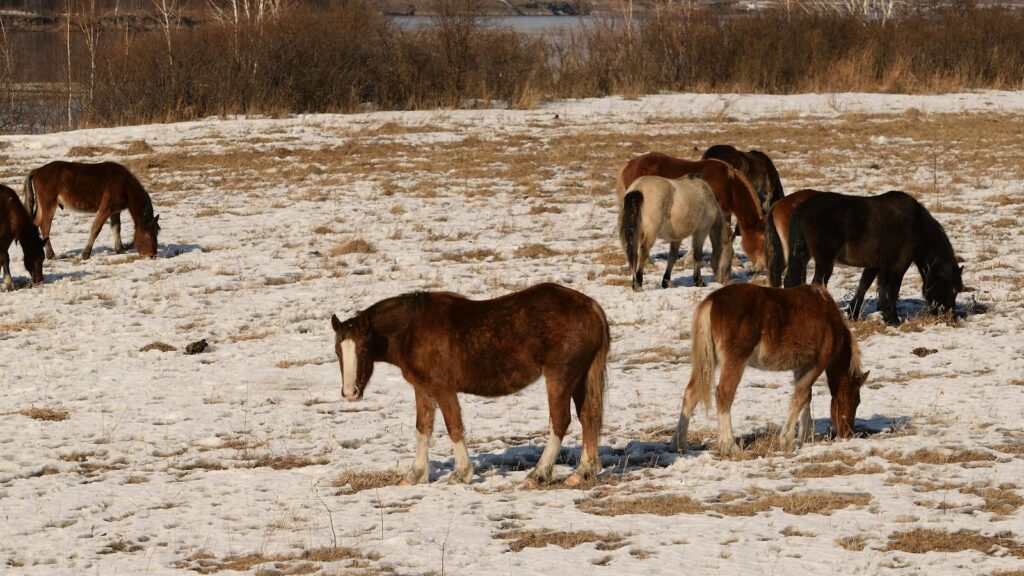
The behavioral patterns of cold-climate horses are deeply influenced by physiological adaptations that affect their brain chemistry and hormonal responses. Research indicates that these breeds typically have different metabolic responses to environmental stressors, with many cold-adapted horses showing lower cortisol spikes during stressful situations compared to their warm-climate counterparts. Their thermoregulatory systems operate efficiently even in extreme temperatures, allowing them to maintain normal behavior patterns when other breeds might expend significant energy just staying warm. Scientists have observed distinct differences in their circadian rhythms, with many cold-climate breeds maintaining more consistent activity levels throughout winter days compared to the more dramatic day/night behavior changes seen in warm-climate horses. These physiological differences create the foundation for their steady temperaments and energy-conscious behavior patterns that owners often value.
Energy Conservation Behaviors in Northern Breed Horses
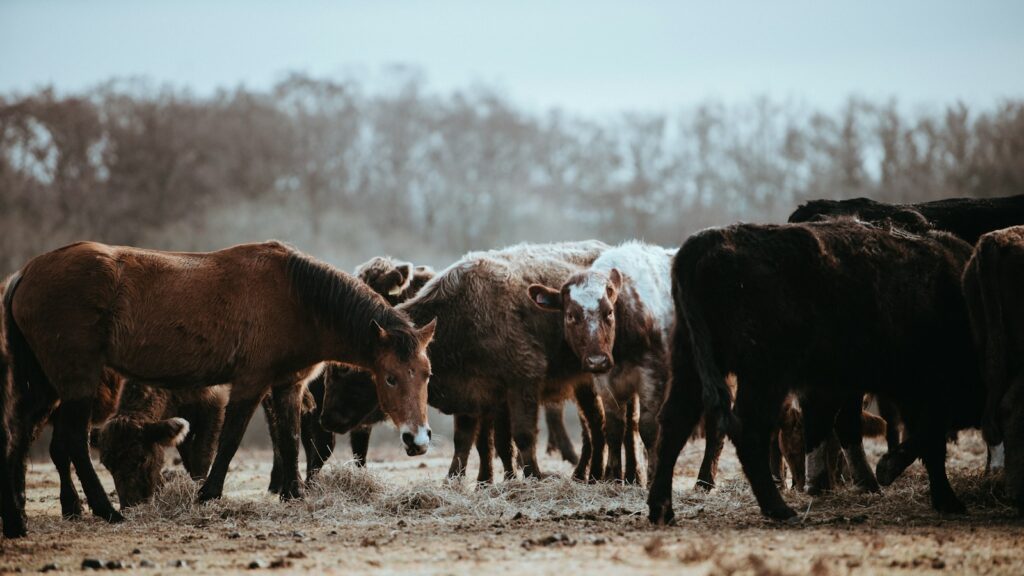
Cold-climate horse breeds demonstrate fascinating energy conservation strategies that directly influence their behavioral patterns and working style. Unlike hot-blooded breeds that might expend energy unnecessarily, northern horses typically move with deliberate efficiency, carefully managing their physical exertion to maintain optimal body temperature and energy reserves. Many cold-adapted breeds display a characteristic “plodding” work ethic, maintaining a steady pace for extended periods rather than exhibiting bursts of speed followed by fatigue. When at rest, these horses often position themselves strategically in relation to the wind and available shelter, demonstrating an innate understanding of environmental management. Their feeding behaviors also reflect energy conservation, with many cold-climate breeds being methodical grazers who thoroughly process available forage rather than moving constantly between feeding areas.
Social Structures and Herd Dynamics in Cold-Climate Horses
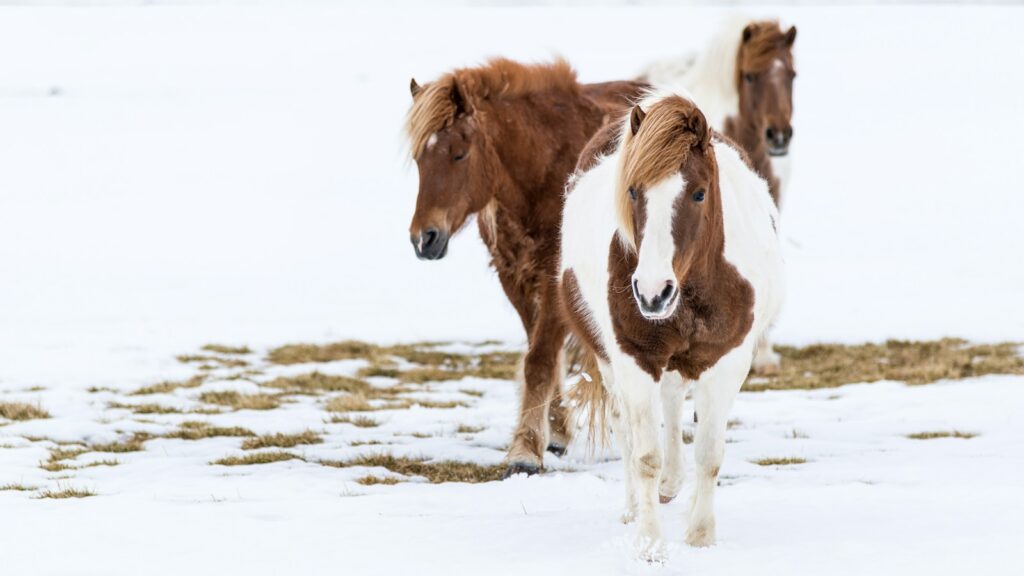
Cold-climate horse breeds often exhibit distinctive social structures that evolved as survival adaptations in harsh environments, where group cohesion proved essential for weathering extreme conditions. These breeds typically maintain tighter herd formations than their warm-climate counterparts, particularly during severe weather, creating collective windbreaks and sharing body heat. Research has documented more stable social hierarchies in many northern breeds, with less frequent dominance challenges once the herd order is established, conserving valuable energy that would otherwise be expended in social conflicts. Their communication systems often feature subtle signals rather than dramatic displays, with researchers noting more quiet vocalizations and understated body language among herd members. These social characteristics translate into training advantages, as cold-climate breeds typically transfer their natural respect for herd hierarchy to their relationships with human handlers.
Training Considerations for Cold-Climate Horse Breeds
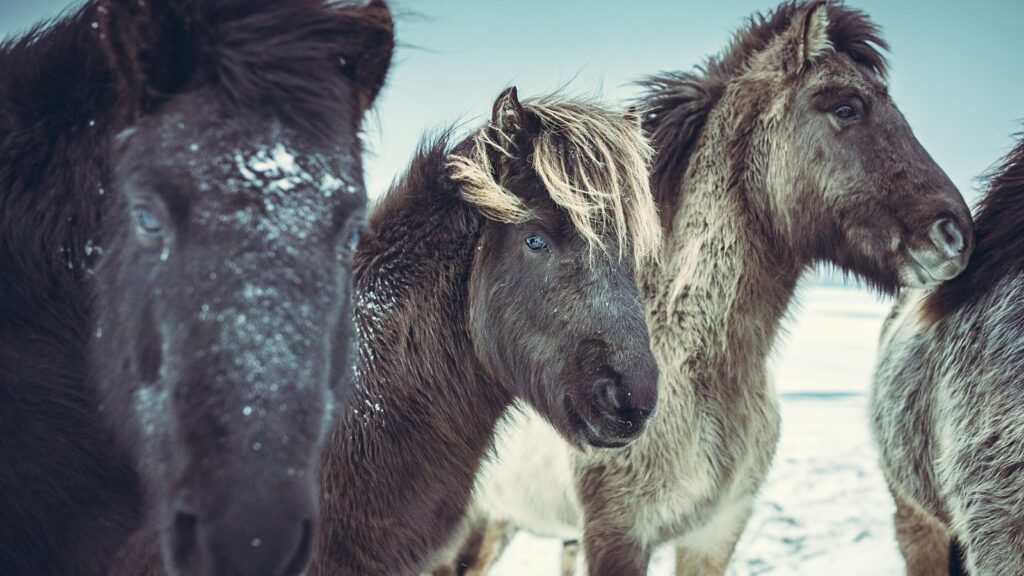
Training approaches for cold-climate horse breeds benefit from recognizing their unique temperament and cognitive characteristics shaped by generations of survival in harsh environments. These horses typically respond best to consistent, logical training methods that respect their thoughtful nature, rather than approaches relying on pressure or reactivity. Trainers experienced with northern breeds emphasize the importance of clear communication and justified requests, as these horses often seem to evaluate the purpose behind commands rather than simply complying without question. Their natural energy conservation instincts mean that short, focused training sessions often prove more effective than lengthy workouts, with clear progress markers to engage their problem-solving mentality. Many cold-climate breeds form exceptionally strong bonds with consistent handlers, demonstrating remarkable loyalty and work ethic once they understand and trust their human partners.
Nutritional Requirements and Metabolic Differences
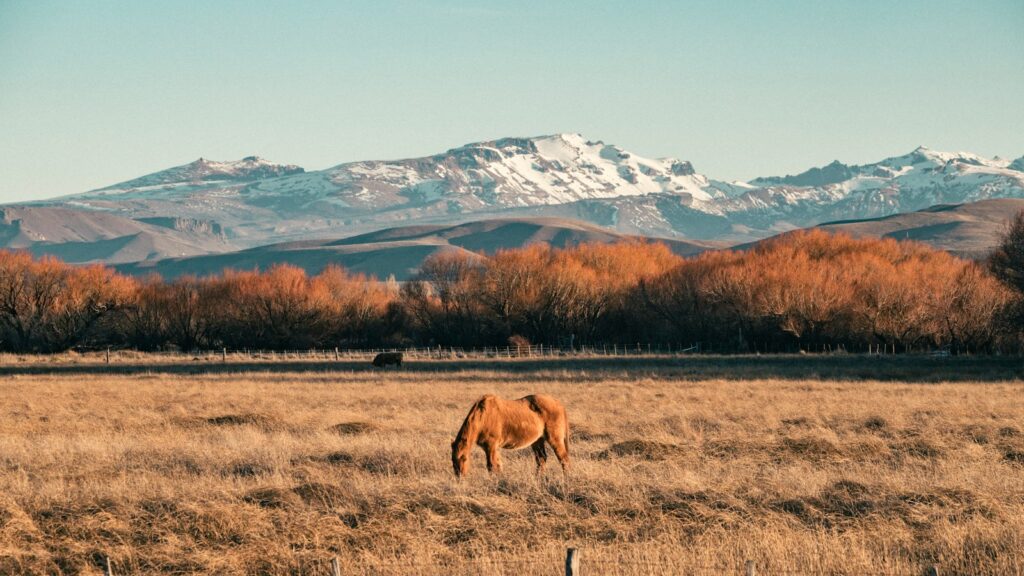
Cold-climate horse breeds possess distinctive metabolic adaptations that directly influence their behavior, energy levels, and nutritional needs throughout the year. Their digestive systems have evolved to efficiently extract nutrients from sparse or low-quality forage, often allowing them to maintain condition on diets that would leave warm-climate breeds undernourished. Research has demonstrated significant seasonal metabolic shifts in many northern breeds, with some capable of slowing their metabolism during winter months while maintaining normal activity levels. This evolutionary adaptation influences their feeding behavior, with many cold-climate horses naturally regulating their intake according to environmental conditions rather than consuming maximum available feed. Their efficient metabolism can make these breeds particularly prone to obesity when fed according to standards developed for warm-climate horses, requiring owners to carefully monitor body condition and adjust feeding practices seasonally.
Seasonal Behavioral Changes in Northern Horse Breeds
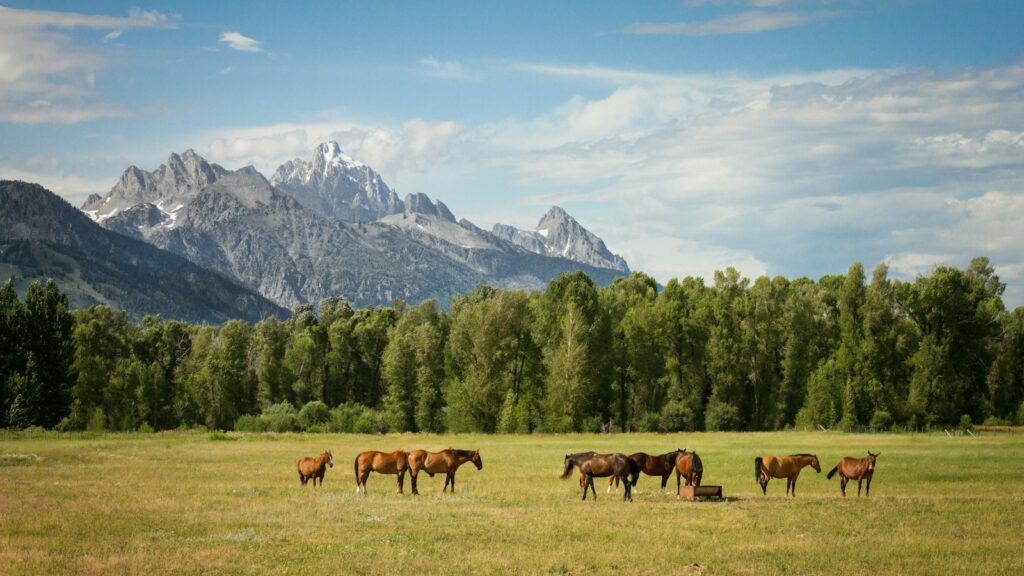
Northern horse breeds exhibit pronounced seasonal behavioral shifts that go beyond the typical variations seen in most domestic horses, reflecting their evolutionary adaptations to extreme climate fluctuations. During autumn, many cold-adapted breeds display increased foraging behavior and food consumption, naturally preparing for winter by building fat reserves and triggering the development of their dense winter coats. Their activity patterns typically change with diminishing daylight, with many northern breeds becoming more energetic during midday hours and conserving energy during darker periods. Spring brings another significant behavioral transition as these horses shed their winter coats and adjust their metabolism, often displaying more playful behavior and increased social interactions within the herd. These seasonal changes require handlers to adapt their management and training approaches accordingly, recognizing that behavior that might seem unusual in warm-climate breeds often represents normal seasonal adaptations in their cold-climate counterparts.
Common Misconceptions About Cold-Climate Horse Temperaments

Despite their valuable traits, cold-climate horse breeds often face misconceptions about their temperament and capabilities that don’t accurately reflect their true nature. One persistent myth characterizes these breeds as plodding and dull, when in reality, their thoughtful assessment of situations demonstrates a different type of intelligence than the reactivity valued in some performance disciplines. Another misconception labels them as stubborn or difficult when they hesitate to comply with unclear instructions, rather than recognizing their evolutionary need to conserve energy and avoid unnecessary risks. Some erroneously believe that cold-climate breeds lack athletic ability, overlooking their remarkable endurance and surefootedness in challenging terrain that frequently surpasses their warm-climate counterparts. Perhaps most damaging is the assumption that these breeds are all interchangeable in temperament, ignoring the significant variations that exist between different northern breeds shaped by their specific evolutionary history and traditional uses.
Housing and Management Best Practices
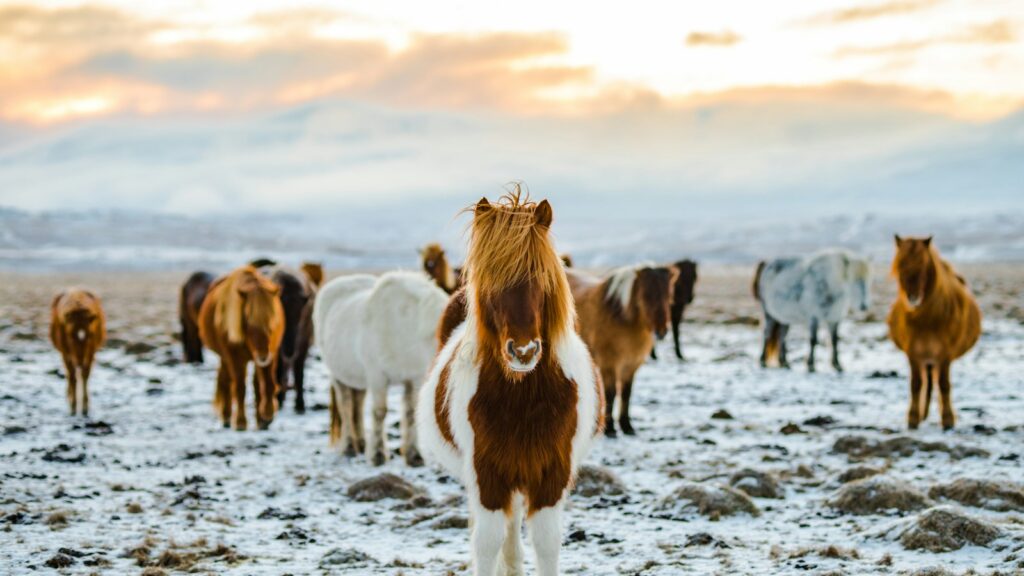
While cold-climate horse breeds demonstrate remarkable hardiness, their optimal care requires management practices aligned with their evolutionary adaptations rather than assumptions based on warm-climate breeds. These horses generally thrive with access to shelter that blocks wind and precipitation but maintains adequate ventilation, as their dense coats can cause overheating and respiratory issues in poorly ventilated stables. Blanketing requires careful consideration, as inappropriate use can interfere with their natural coat insulation and thermoregulation, potentially causing more harm than benefit in many situations. Their exercise needs often remain consistent year-round, with many cold-adapted breeds becoming more energetic during winter months rather than less active as commonly expected. Providing opportunities for natural behaviors—including social interaction, free movement, and foraging—supports their mental wellbeing and helps prevent the development of stereotypical behaviors that can emerge when their natural tendencies are restricted.
Working Partnerships: Historical and Modern Uses
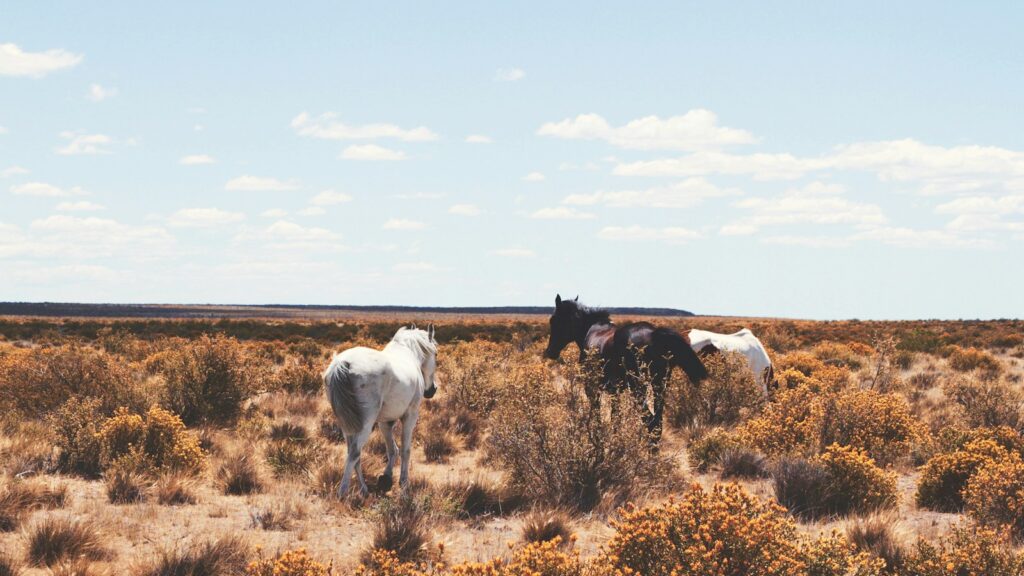
Cold-climate horse breeds have forged remarkable working partnerships with humans throughout history, serving roles that capitalized on their unique physical and behavioral adaptations. Historically, these breeds provided essential transportation across otherwise impassable winter landscapes, from the mail-carrying Norwegian Fjord horses to the Yakutian horses that enabled human survival in Siberia. Their calm temperament and sure-footedness made them invaluable for forestry work, navigating difficult terrain while hauling heavy logs with steady determination. In modern contexts, these breeds excel in disciplines requiring mental focus and physical endurance, including competitive distance riding, draft competitions, and therapeutic riding programs where their patient nature proves particularly valuable. Their historical versatility translates well to contemporary multi-disciplinary use, with many cold-climate breeds serving as excellent family horses capable of transitioning between different riders and activities while maintaining their characteristic reliability.
Conservation Challenges and Genetic Preservation
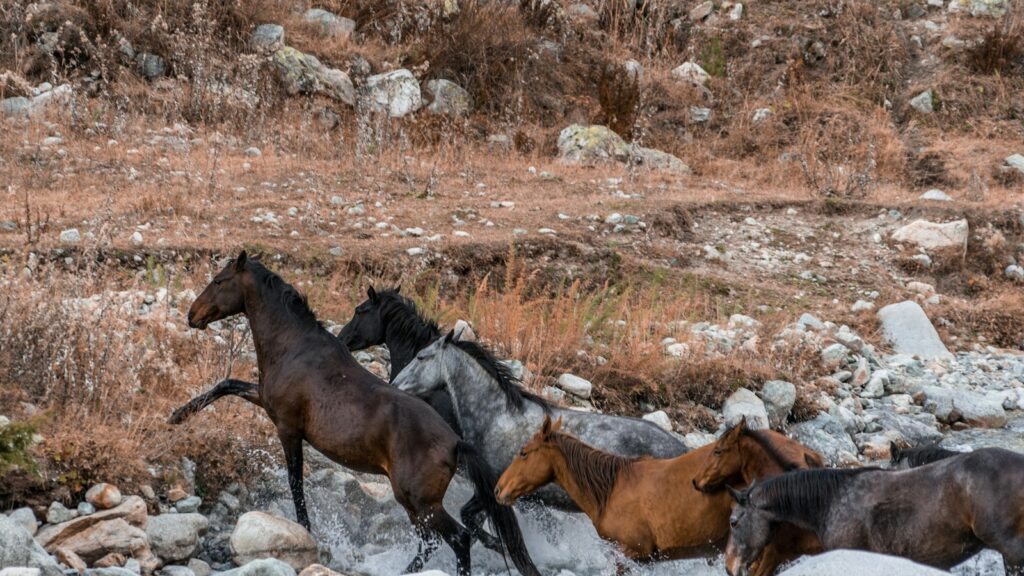
Many cold-climate horse breeds face significant conservation challenges as agricultural mechanization and changing rural lifestyles reduce their traditional working roles. Several northern breeds, including the Newfoundland Pony and Dølehest, are currently considered endangered or vulnerable, with dedicated preservation programs working to maintain genetic diversity within their diminishing populations. Climate change poses an additional threat, potentially disrupting the environmental conditions that shaped these breeds’ unique adaptations over centuries. Conservation efforts focus not only on maintaining physical characteristics but also preserving the distinctive behavioral traits and working abilities that make these breeds culturally and practically valuable. Genetic research has become increasingly important in these preservation efforts, with DNA analysis helping identify individuals that carry rare genetic markers important for maintaining the breed’s historical attributes and adaptations for future generations.
conclusion
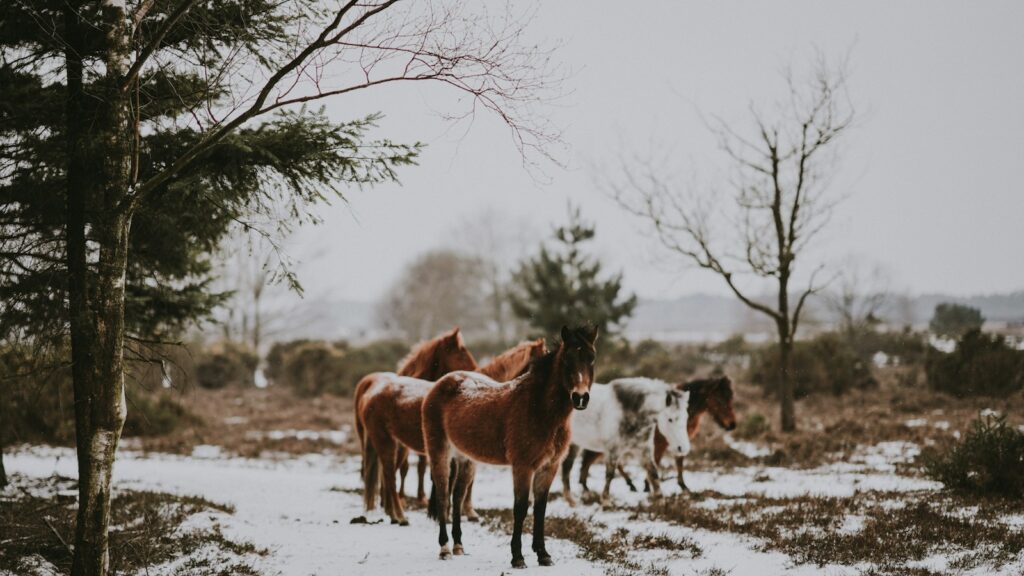
The cold-climate horse breeds of our world represent remarkable examples of evolutionary adaptation, developing not just physical characteristics suited to harsh environments, but behavioral patterns and temperaments that enabled their survival and partnership with humans in challenging conditions. Their typically steady, thoughtful dispositions, energy-efficient work ethics, and social structures all reflect generations of natural and selective breeding that prioritized reliability and hardiness. As we continue to learn more about these magnificent animals, we gain deeper appreciation for how their environmental adaptations have shaped every aspect of their being—from physiology to psychology. By understanding and respecting these unique behavioral characteristics, modern horse owners and breeders can better preserve these special breeds and benefit from the exceptional qualities they offer as working partners, performance animals, and companions.

